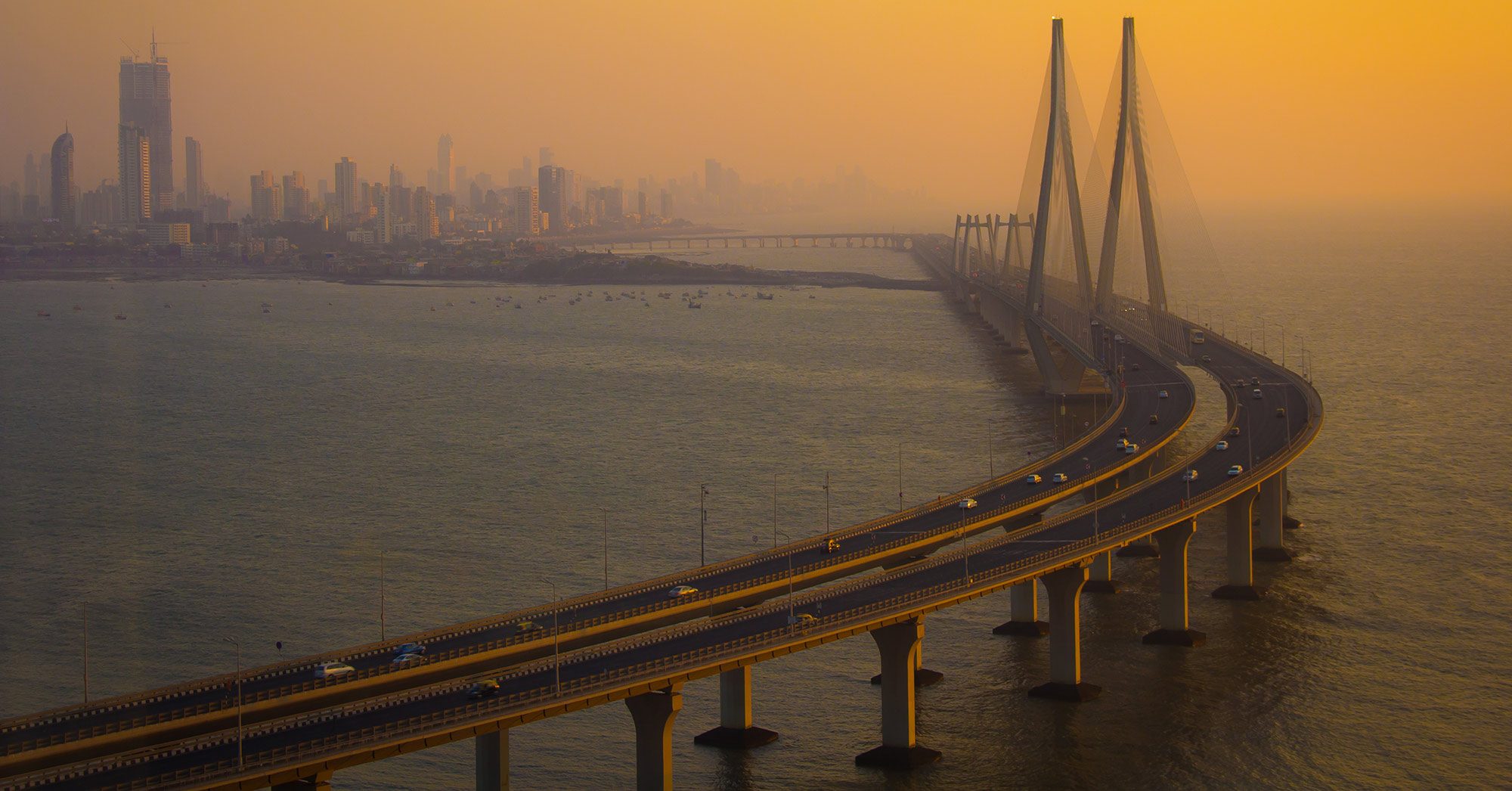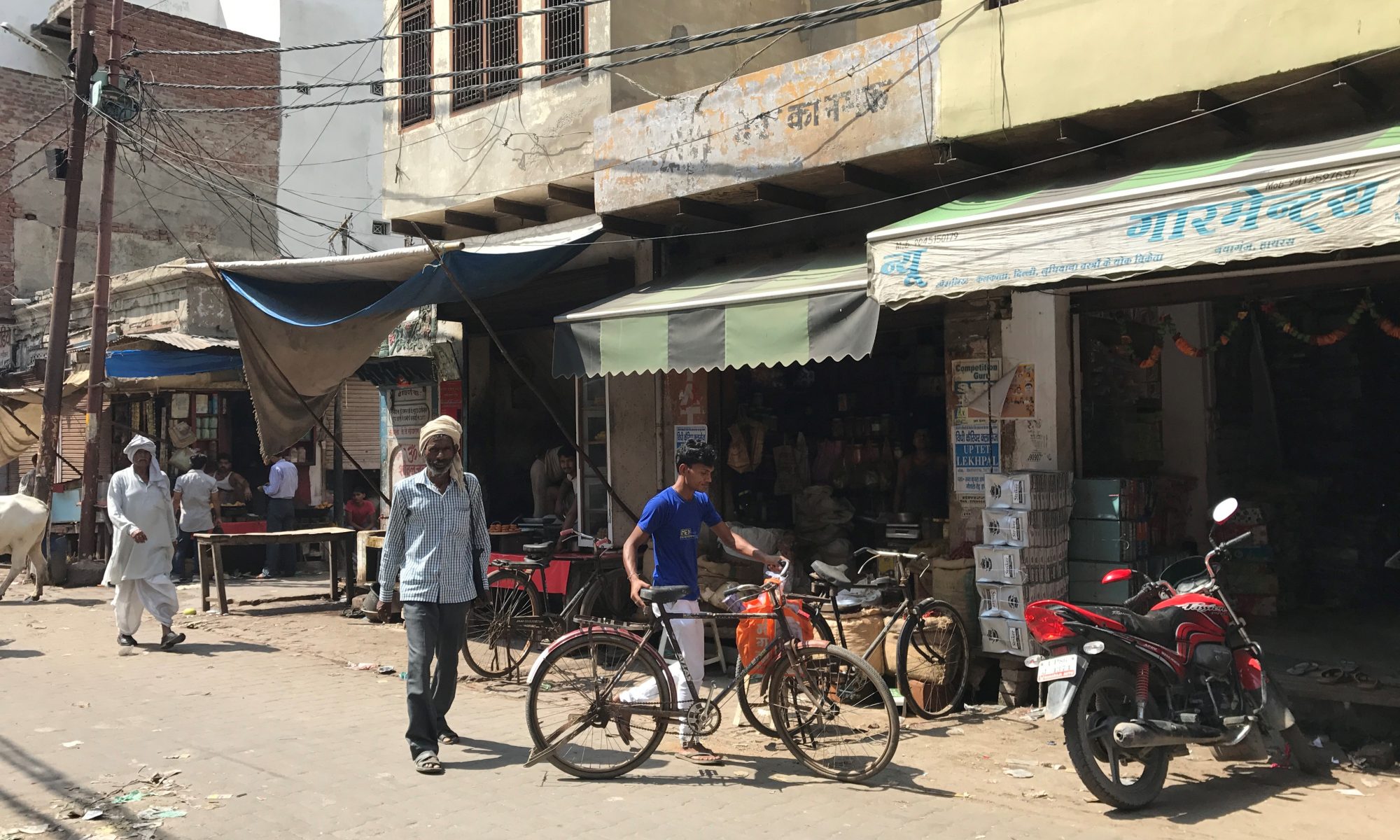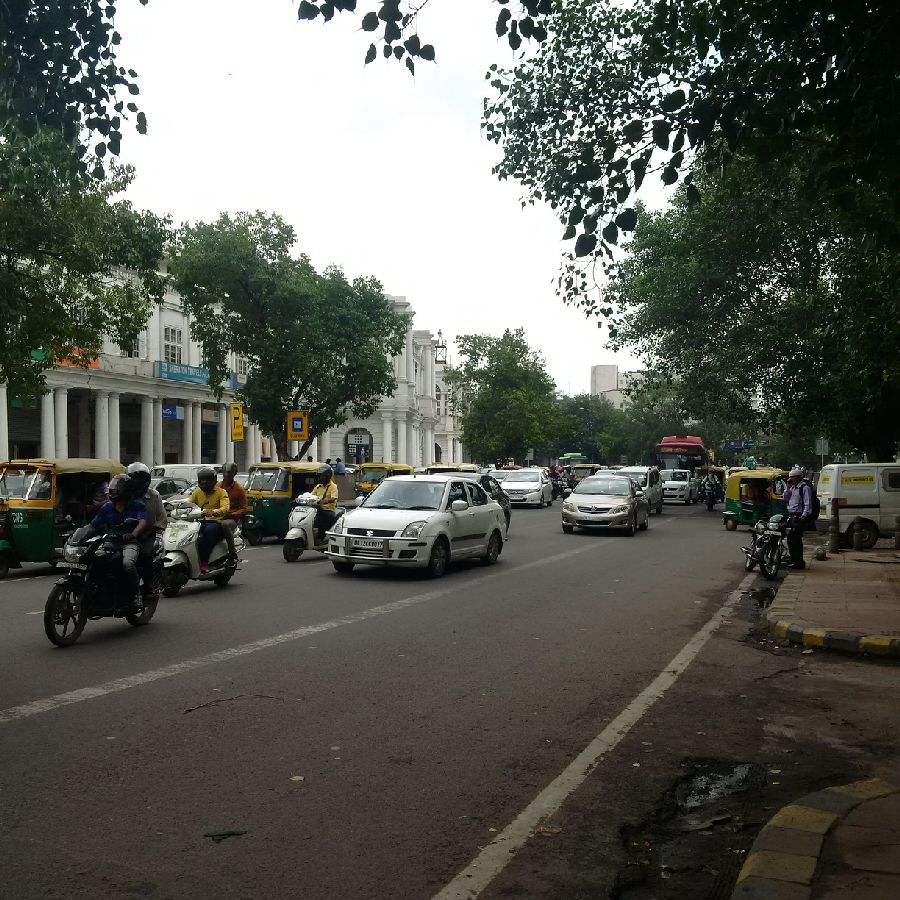Fund Manager Diaries – Mumbai, the modern and confident India
Mike Sell, Alquity Head of Asia Investments enjoyed an Indian Summer visiting 26 companies to assess how the economic reforms implemented by Prime Minister Modi were impacting our holdings and seeking out new opportunities for the Indian Subcontinent Fund. This trip report, split into three parts, provides a detailed assessment of this multi-year growth opportunity.
MODERN, CONFIDENT INDIA: THE FINANCIAL HUB OF MUMBAI
The city may only be an hour away from Ahmedabad by plane, but as India’s financial capital, the atmosphere is a world away. For example, the airport has a dedicated pick up area for Uber and Ola and as you drive along the expressway there are numerous advertising billboards for the latest stock market IPOs.
My meeting with Oberoi Realty gave me the opportunity to assess the impact of the Real Estate Regulatory Act on them and their peers. Stricter rules regarding payment collections from customers will result in fewer speculative projects, and thus lower overall supply. Consumer confidence has returned to the Mumbai property market, following the disruption from demonetisation, and I remain very comfortable with our investment.
Voltas, the air conditioning company, was additionally reassuring as management shared their view of the increasingly competitive environment and their strategy to counter it. The experienced management team has delivered to date; building a franchise that dominates with a 21% market share. We believe that air conditioning, like the automobile sector will see an acceleration in competition in the main cities. However, Indian companies will thrive due to their strong brand recognition, dealer networks and following Modi’s drive for rural electrification, increasing penetration into smaller cities and rural areas. Maruti, with whom we met in Delhi, still has a market share of almost 50% despite the entry of Hyundai, Toyota and Honda. I frequently spotted their dealerships on the road trip to Aligarh. As Voltas stated, there is wealth outside the major cities, and this is proven by car sales in these areas, which account for approximately 35% of Maruti’s total sales. This confirms that air conditioning is an affordable modern convenience and once reliable power is available, it becomes an accessible necessity.
Additionally, I scouted for new ideas in the construction sector as, anecdotally, Mumbai is currently building out the largest amount of infrastructure since India’s independence.
I had an informative introductory meeting with J Kumar Infrastructure, a major beneficiary of India’s focus on building metro systems in cities with a population over 5 million.
I also met with Sun Pharmaceutical, perceived as the market leader, to determine whether the intensified pressure on US generic drug pricing is adequately reflected in share prices and as a comparison to our position in Glenmark Pharmaceutical. The meeting reaffirmed our belief that whilst headwinds for the sector will persist for an extended period, Glenmark’s differentiated product offering and significant focus on environmental standards will result in continued profitable growth.
Similarly, I met with HDFC bank and LIC Housing Finance to ensure I understood the competitive environment in their respective segments. HDFC Bank is one of the best-run companies in India, and one I first met in the mid 1990s. As they reminded me, at that point the public sector banks’ market share was 90%, with international banks on 8% and private sector banks on 2%. 20 years later, the split is 68%, 5% and 27% respectively. In addition to the impressive growth this represents (including taking market share from international banks) there remains significant future potential for the private sector banks from not just India’s growing population and economy, but direct market share gains from the inefficient state owned banks.
Our long-term themes of urbanisation and demographics naturally lead us (but not exclusively so) to consumer related companies, and I met with four new potential ideas in Mumbai. Unfortunately, a number of these suffer from a lack of sustainable competitive advantage and so we will not undertake further analysis, but there is one potentially interesting addition to the portfolio in this sector.
CONCLUDING THOUGHTS
In total, I met with 26 companies during the trip and my clear conclusion is that the investment case for India remains on track with expectations, if not actually ahead due to the impact of GST. None of our existing holdings disappointed, and thus none will be exited from the portfolio. We also have some potentially great new ideas to consider adding to the portfolio over the coming months.






